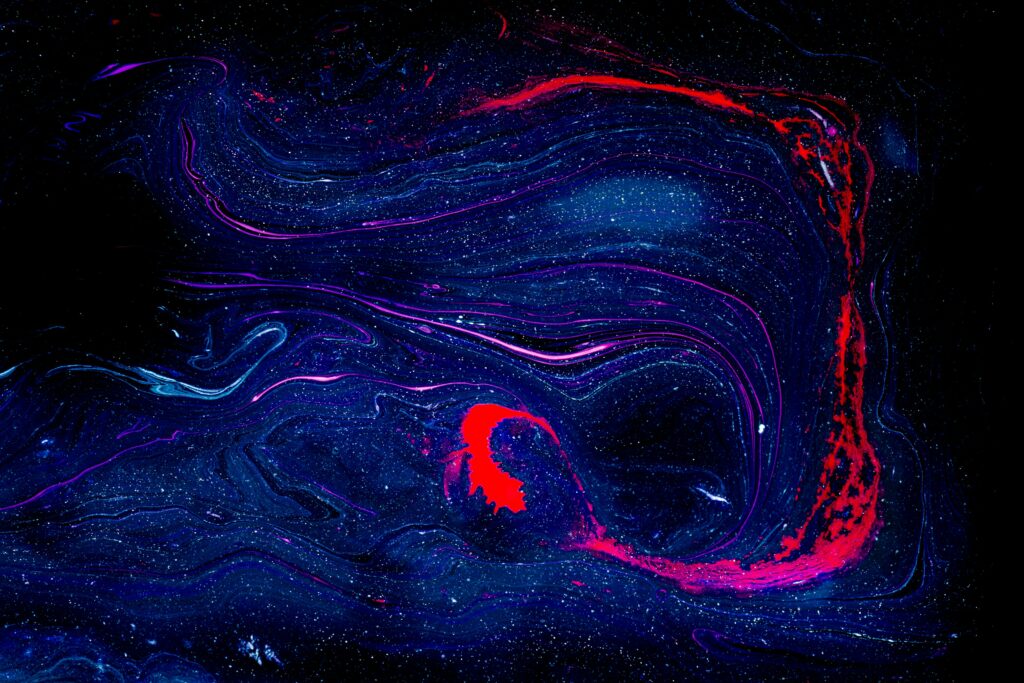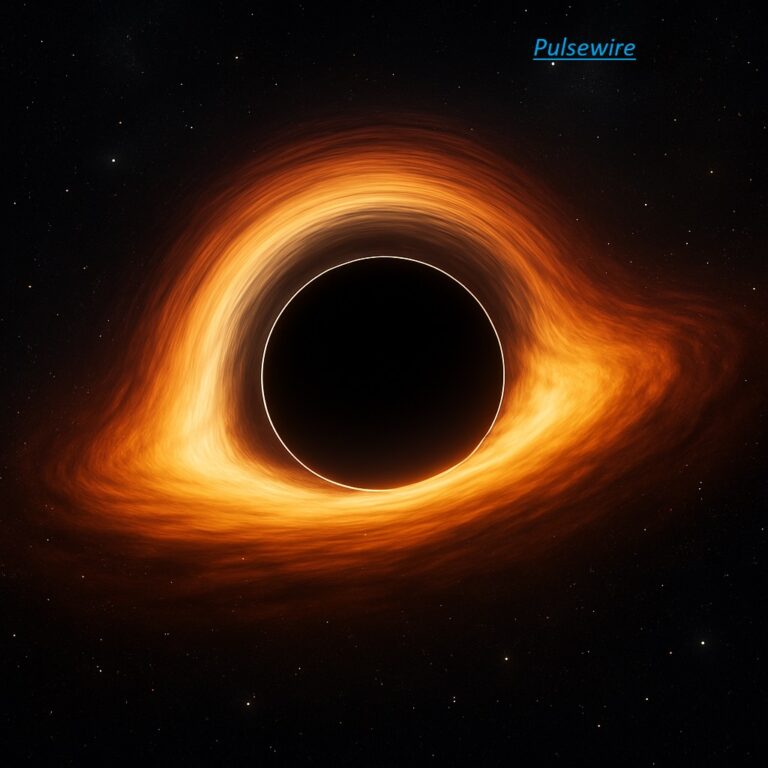
1. Introduction: A Strange Pull in the Universe
Why is our Milky Way galaxy hurtling through space at over 600 kilometers per second toward a seemingly empty region of the universe?
This baffling observation led astronomers to uncover one of the biggest cosmic mysteries of our time — The Great Attractor. First hinted at in the 1970s and 80s, this enormous gravitational anomaly sits approximately 150–250 million light-years away, cloaked behind the dense dust and stars of our own Milky Way’s Zone of Avoidance.
But what exactly is this mysterious force? And why can’t we fully see it?
2. What Is the Great Attractor?
The Great Attractor is a region in space with an immense gravitational pull. It appears to be drawing thousands of galaxies—including our own Local Group—toward it at a remarkable speed. This anomaly doesn’t shine like a star or galaxy cluster but reveals itself through its gravitational influence.
Researchers observed that galaxies in our part of the universe are moving toward a specific point in the Centaurus and Norma supercluster region, which couldn’t be explained by the known distribution of mass alone.
According to NASA and the European Space Agency (ESA), this movement suggests the presence of a massive, dense structure—but what it contains remains largely hidden behind the Milky Way’s thick dust lanes.
3. Why Can’t We See It Clearly?
The Great Attractor lies in the Zone of Avoidance—an area heavily obscured by our own galaxy’s plane. Due to this cosmic dust, optical telescopes struggle to capture clear images.
However, recent missions like ESA’s Gaia and radio/X-ray observations have begun to peel back the curtain. Infrared and radio waves can penetrate this dust, providing deeper insight into this gravitational hotspot.
4. The Discovery Journey: From Confusion to Clues
In the 1980s, a team of researchers led by R. Brent Tully and Hélène Courtois began mapping peculiar velocities of galaxies—those not caused by cosmic expansion.
They noticed galaxies in the Hydra-Centaurus Supercluster weren’t just expanding outward with the universe but also accelerating toward a dense region—later named the Great Attractor. This groundbreaking research, cited in Nature Astronomy, provided the first solid clues of its existence.
Further support came from X-ray telescopes like ROSAT and Chandra, which detected extremely hot gas—indicative of massive galactic clusters—possibly hidden behind the Zone of Avoidance.
5. What Could Be Causing This Pull?
Several theories attempt to explain the nature of the Great Attractor:
- Galaxy Clusters: It may be the combined gravitational force of thousands of galaxies in the Norma Cluster or Centaurus Supercluster.
- Dark Matter Influence: According to Scientific American, dark matter could play a significant role, exerting gravity even though it emits no light.
- Larger Structures Beyond: Some scientists now believe the Great Attractor is part of an even more massive structure called the Shapley Supercluster, lying farther away and possibly having a stronger influence.
These ideas suggest that the Great Attractor might just be the tip of a gravitational iceberg.
6. The Laniakea Supercluster Connection
In 2014, researchers proposed a new map of the universe’s structure, placing our galaxy within the Laniakea Supercluster—a massive 500-million-light-year-wide region that includes the Great Attractor at its center.
According to HubbleSite, this finding redefined how we see our place in the cosmos, showing that galaxies, including the Milky Way, are flowing toward this central point of gravity.
7. Why It Matters: The Bigger Cosmic Picture
Understanding the Great Attractor isn’t just an astronomical curiosity. It helps us:
- Map the large-scale structure of the universe.
- Understand the distribution of dark matter.
- Explore the forces shaping galaxy formation.
- Gain clues into the universe’s ultimate fate.
If there are even more massive attractors like the Shapley Concentration beyond, it could mean that gravity’s reach extends farther than we previously imagined—reshaping our understanding of cosmic motion.
8. Conclusion: A Mystery Still in Motion
Despite decades of research, the Great Attractor remains partly hidden—but its influence is undeniable.
Thanks to modern telescopes, improved cosmic mapping, and ongoing work by agencies like NASA, ESA, and institutions like Nature Astronomy, we are slowly pulling back the curtain on this invisible force that shapes our galactic destiny.
As new missions like James Webb Space Telescope and advanced AI-assisted cosmic surveys come online, we may finally reveal the true nature of what lies behind the pull.
Author’s Note:
This article is written to simplify a deeply scientific phenomenon using verified sources from globally recognized space agencies and journals. For further reading, explore original studies via NASA ADS or ESA Science.









